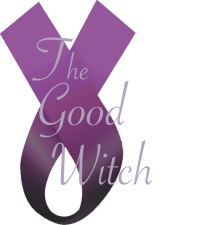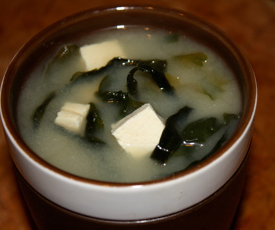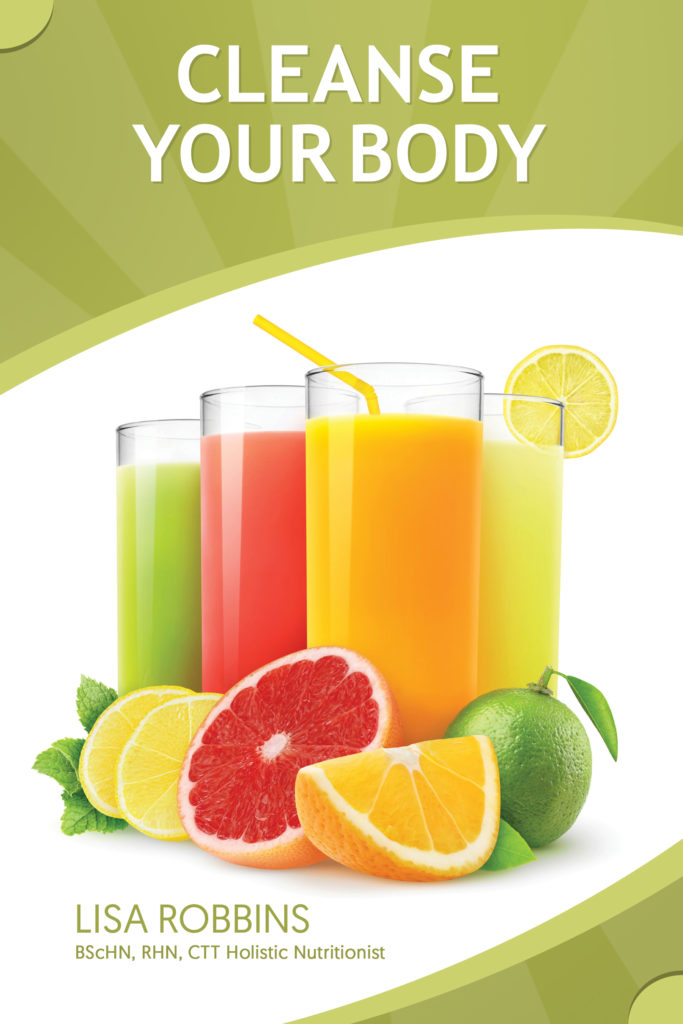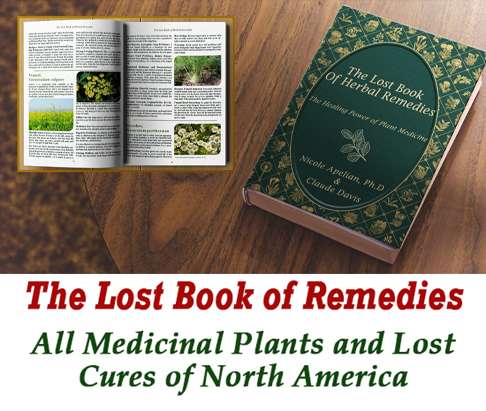The term Macrobiotics was created by Hippocrates, the ancient Greek physician we know as The Father of Western Medicine. He used the term to describe people who lived long, healthy lives. The Greek translation of macro-biotics means great or large life.
People, all over the world, have practiced this simple way of eating and living, for thousands of years. It is considered one of the most effective ways to bring balance and harmony back to your body and your life. The Macrobiotic theory suggests that illness and unhappiness result when we are removed from nature, and do not live in harmony with the world around us.
Many people have used Macrobiotics to heal from serious illness. Linda Devine began a macrobiotic diet after being diagnosed with breast cancer in June of 2008. Linda said, “I did some research around various diets and foods and what would be the best thing for me, listening to my body. Probably about six or eight months previous, I’d started doing some research on Macrobiotic eating, and it’s funny how your body leads you to things like that. I thought there was obviously a reason why I was already led to that, so I did more research on Macrobiotics and it just felt like the right thing, so that’s what I did.” Linda was elated to discover, only ten months later, that the tumour in her breast was completely gone. You can read more about how Linda healed herself from breast cancer naturally in Conversation with Linda Devine.
The Macrobiotic diet uses traditional foods like organic whole grains, mineral rich sea vegetables, locally grown seasonal vegetables and fruits, unrefined sea salt, natural sweeteners, and moderate amounts of high quality protein from white fish, shellfish, and naturally prepared soy foods. Macrobiotic chefs take much pride in preparing food for others, realizing the great responsibility they have for preparing foods in a way that directs the health and happiness of the people who will eat their nutritious creations. (Esko, 1978)
In The Macrobiotic Way, The Definitive Guide to Macrobiotic Living, Michio Kushi, founder of the world’s renowned macrobiotic educational center, the Kushi Institute, describes the standard macrobiotic diet, “50 to 60 percent whole grains, 20 to 30 percent local, organic vegetables, 5 to 10 percent beans and sea vegetables, including soy foods, 5 to 10 percent wholesome soups, and 5 percent supplementary foods including fish, desserts and beverages.”
The Chinese philosophy of Yin and Yang, or universal balance, is at the heart of the Macrobiotic diet. Yin represents expansion and includes sugar, fruits, leafy green vegetables, nuts, seeds, root vegetables, beans, pork and milk. In contrast, wheat, buckwheat, rice, corn, fish, cheese, beef, eggs, and poultry are Yang foods, representing contraction. (Kushi, 2004)
The Macrobiotic diet is made up of whole, natural foods that are neither too expansive nor too contractive. Sugar for instance is at the extreme end of Yin. Cheese, beef, poultry and eggs are at the extreme end of Yang. Eating foods on the extreme end of Yin or Yang can cause imbalance, and cravings for the opposite extreme. This explains why eating yang meats, eggs and salty cheeses promotes cravings for sweet foods, alcohol and coffee ~ all yin foods. (Kushi, 2004)
How does the macrobiotic diet heal your body from cancer and other illnesses? It cleanses, rejuvenates and rebuilds worn out tissues and organs. It nourishes your body and makes you feeeel well.
Here is a simple macrobiotic breakfast for you to try. Purchase white miso, firm organic tofu and dried, kombu seaweed. All these ingredients should be available at your local health food store or Asian grocer.
Heat water to boiling, let cool slightly (see comment below), pour into a single serving bowl. Stir in one or two tablespoons of miso until dissolved, add five or six tiny cubes of tofu and a small handful of kombu. Let sit for a minute or so until the kombu has softened.
Now settle into your favourite comfy chair and sip this savoury, nourishing soup. Use chopsticks to pull out the mineral rich kombu and tiny tofu cubes. A strange breakfast perhaps; but delicious, nutritiously balanced, and in harmony with you and your body.
Here is more information about the Macrobiotic diet and Michio Kushi’s, The Macrobiotic Way, The Definitive Guide To Macrobiotic Living, (this books has a ton of recipes, tips, tools and techniques). Click on the book to order it.
References:
Esko, Wendy. (1978) Introducing Macrobiotic Cooking. Japan Publications, Inc.
Kushi, Michio, Blauer, Stephen. (2004) The Macrobiotic Way, The Definitive Guide To Macrobiotic Living. Penguin Group (USA) Inc.








I just came from an holistic conference where Michio Kuchi (the father of macrobiotics) was one of the keynote speakers. Do not pour boiling water over miso because it kills the enzymes.